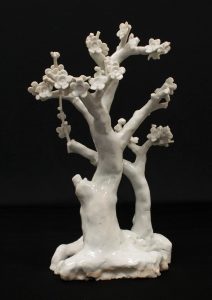Come find out at the Walsh Gallery!

To celebrate the 50th anniversary of the canonization, this special installation will introduce the individuals involved in Mother Seton’s path to sainthood and the story of the official canonization effort. In addition, discover how Seton Hall students have reinforced their faith by traveling to Livorno, the city where Mother Seton first began exploring Catholicism.
Special thanks to The National Shrine of Saint Elizabeth Ann Seton for their generous loan of the installation. Thank you as well to Father Gerald J. Buonopane, Ines Murzaku, and the Catholic Studies Department, and to Angelina Gonzalo for allowing us to display her photographs.
The gallery is located on the first floor of the Walsh Library and is open Monday-Friday 9am-5pm. Due to construction, please use the side door across from the Richie Reagan Athletic Center. Once inside, the gallery will be on your right. Questions? Please contact Gallery Director Emily Handlin at emily.handlin@shu.edu or +1 (973) 275-3795.

